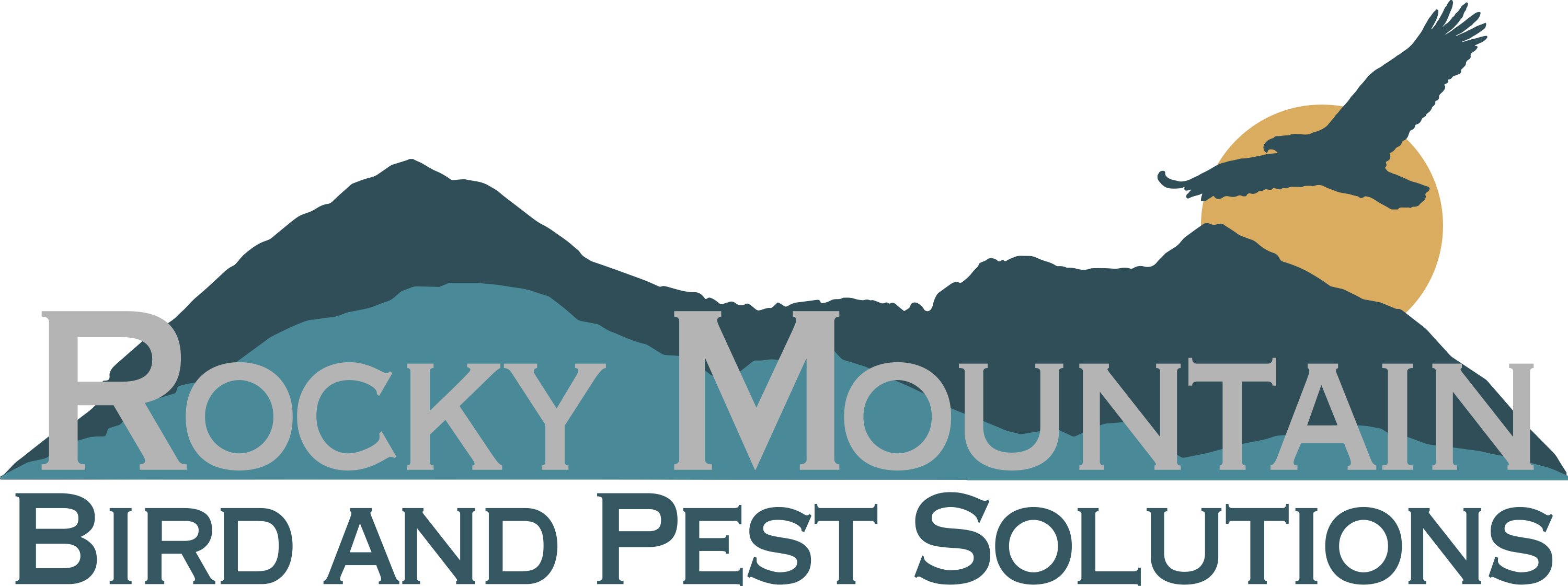Vespidae
YELLOW JACKET WASP
FACTS AND IDENTIFICATION
Scientific Name

Yellow jacket wasps are a flying, stinging insect. They are a very common sight throughout all of North America, especially in the summer and fall where food is prepared and eaten outdoors. Yellow jackets are found worldwide, and there are about 16 species that live in the U.S. Yellow jackets, particularly females, are aggressive and territorial. The western yellow jacket accounts for over 90% of “bee stings” in Colorado. Yellow jackets will sting to defend themselves or their colony. Yellow jackets have a smooth stinger so they can sting repeatedly.
Identification – What do yellow jackets look like?
Yellow jackets typically have yellow and black striped heads and abdomens. They are flying insects with wings, antenna, and 6 legs. They are smooth and glossy and have a noticeably segmented waist and pointed lower abdomen. Yellow jackets are between 3/8 to 5/8 long.
Habitat and Habits of yellow jackets
Yellow jackets are social insects that form new colonies every year. The queen lives through the winter to form a new colony in the spring. Depending on the species, the queen will pick an underground or aerial site to build her new nest. Common areal sites for a nest include bushes, trees, pipes, under decks and eaves. Yellow jackets will use burrows or tunnels left behind from rodents for underground nests. Yellow jackets build their nests out of a paper-like material made from chewed wood and saliva. Their colony starts out small but by the end of summer and into fall their colony can consist of over 4,000 workers and can grow to be basketball-sized. One nest will contain a number of paper combs, attached one below the other and covered with a many-layered envelope.
Diet – What do yellow jackets eat?
Yellow jackets are omnivores. They will eat flower nectar, fruit, soda pop, meat, and insects like flies and bees. Yellow jackets will forage up to a mile from their nest.
Yellow Jacket Control – How to get rid of yellow jackets?
Looking to get rid of yellow jackets? Call a pest professional. Yellow jackets have a tendency to sting when threatened. Yellow jacket stings happen most often when homeowners attempt to remove nests themselves.
Property owners can count on Rocky Mountain Bird and Pest experts to deliver yellow jacket removal services that are both safe and effective. We will do a thorough inspection of your property, identify the yellow jacket (or other stinging insect), and recommend treatment solutions that have shown to successfully get rid of yellow jackets. Once we have a plan, our technician will carry out the task of treating all nests on the property wearing protective stinging insect gear.
Keeping yellow jackets out of your home and off your property is an ongoing process, not a one-time treatment. Rocky Mountain Bird and Pest will recommend a plan of continued yellow jacket control services for your specific needs.
